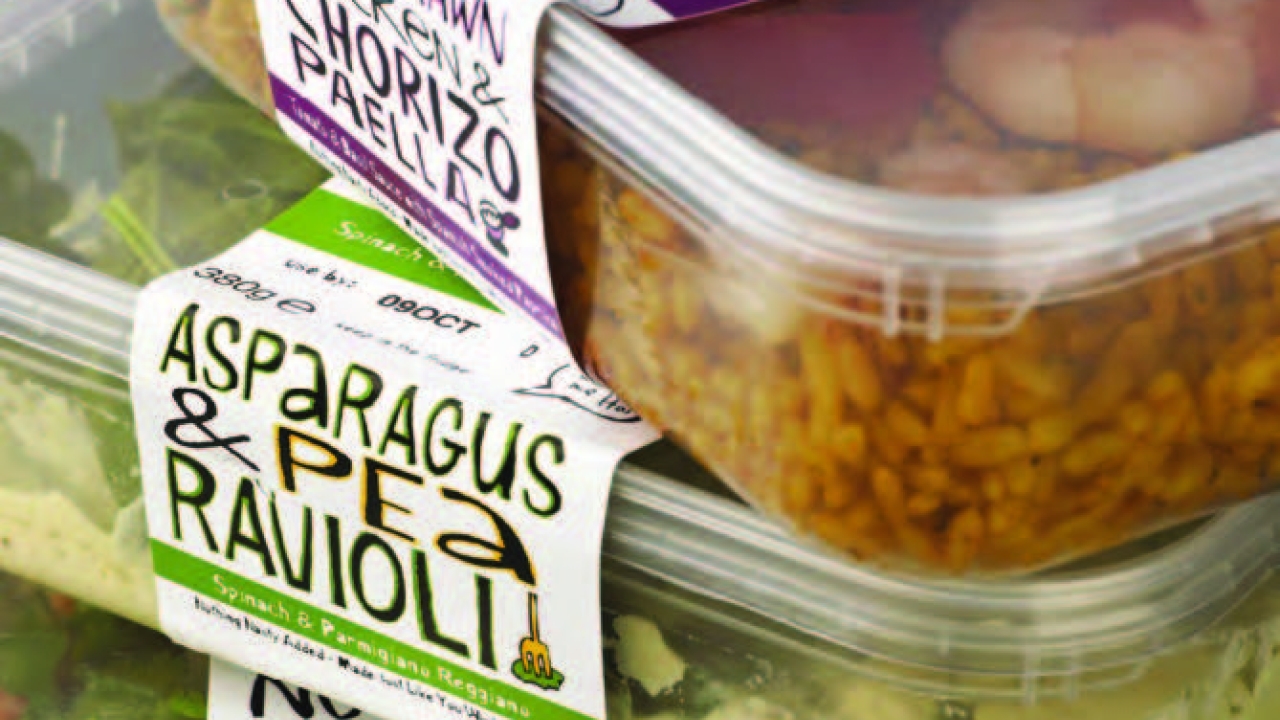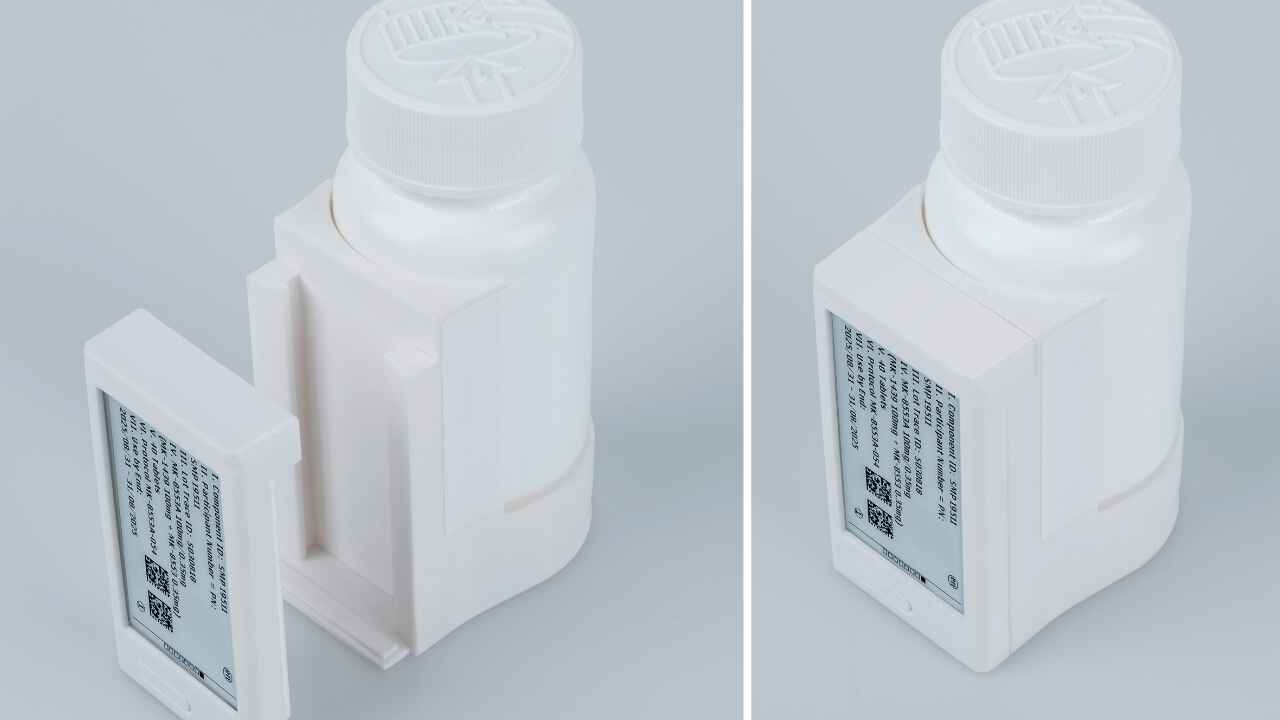Will linerless labels stick?

Interest and developments in linerless pressure-sensitive labels have grown in the last five years, driven by several market influences: cost, sustainability/ recycling, and machinery adaptation. Linerless labels offer advantages in these areas over traditional linered pressure-sensitive laminate, but there are limitations to the opportunities as well.
Most of today’s market demand for linerless has been created in the linered pressure-sensitive label platform. Here, the prime drivers are the opportunity for waste reduction and cost reduction. Although recycling schemes are available for used silicone release liners, most still end up as waste in landfills. Today’s market interest in sustainability is resulting in greater interest to options for spent release liners, with linerless technology representing an opportunity to eliminate the production of the waste product from the laminate construction.
Cost reduction remains an important consideration in choosing linerless over linered pressure-sensitive labels. As the release liner represents around 30 percent of the cost of a pressure-sensitive laminate, changing to linerless labels is expected to deliver significant cost savings. In reality, since the removal of the liner does not mean that additional processing of the label web is not required (e.g. siliconization and adhesive coating), the cost reduction realized is much less. It is claimed that linerless labels can save up to 15 percent of the total applied costs of labels made from pressure-sensitive labelstocks manufactured by the major laminators, or laminated on ‘do-it-yourself’ coating machines.
Shape and speed
Today’s linerless products generally constitute a roll of printable face material, silicone coated on the top, and adhesive coated on the underside. In this construction, the silicone-coated face acts also as the release liner, and eliminates the need for an additional layer in the pressure-sensitive laminate. This construction can deliver cost savings, but, because the linerless web has no support, the opportunities to vary label shape are extremely limited, and the printed web must be separated into single labels at the point of label application.
Stay up to date
Subscribe to the free Label News newsletter and receive the latest content every week. We'll never share your email address.

